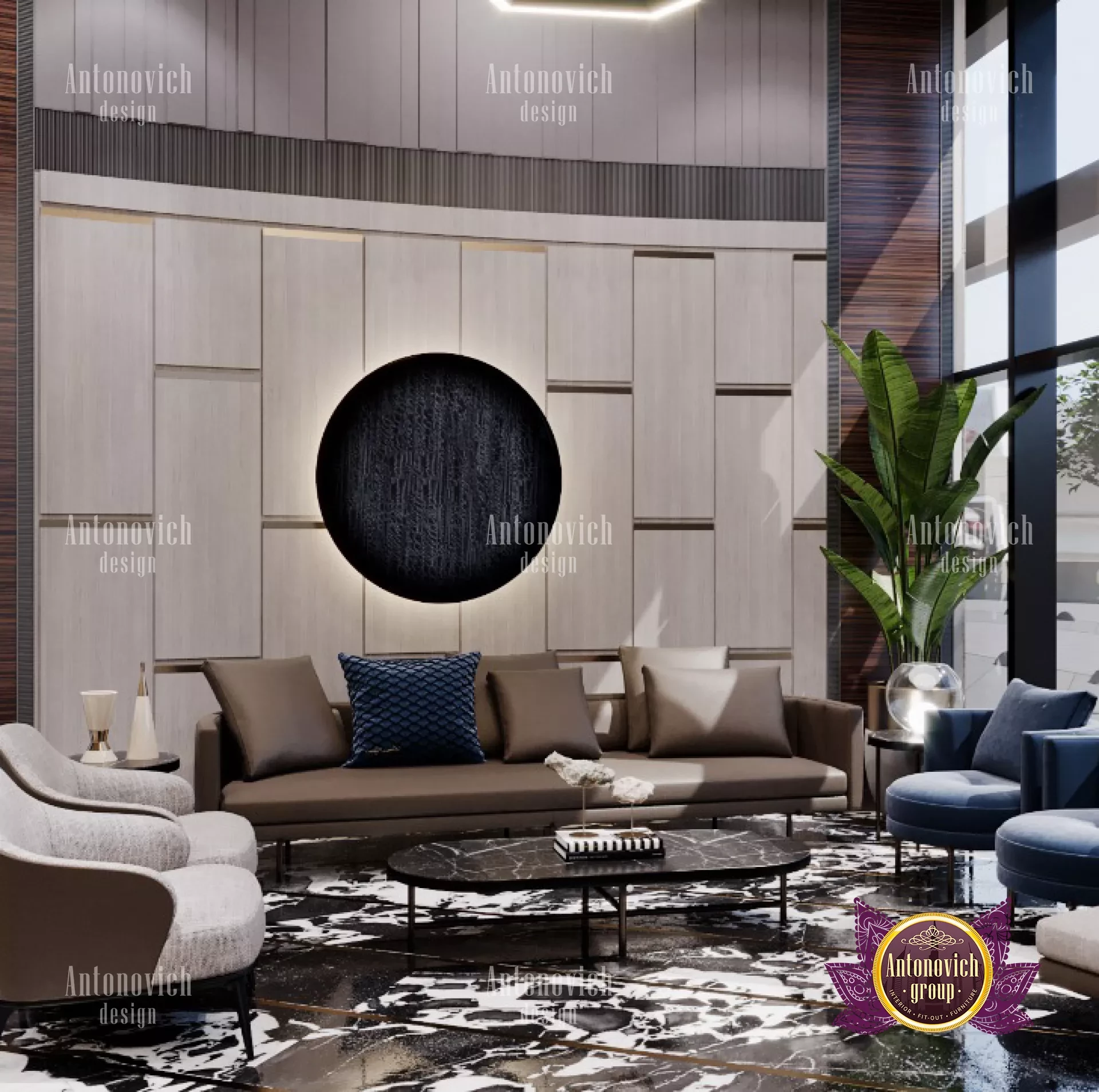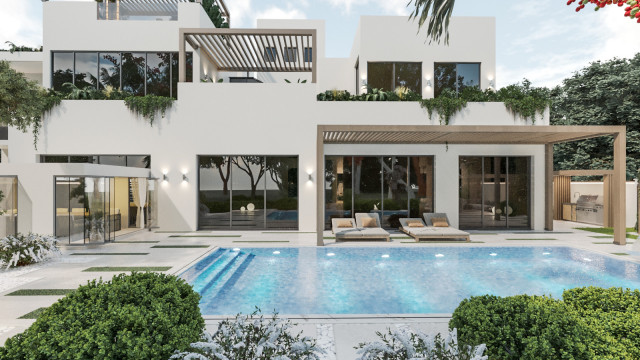HIRING A COMMERCIAL INTERIOR DESIGNER
Different skills are needed for the commercial interior design than for residential. Commercial interior design involves more than just creating aesthetically pleasing spaces. Additionally crucial to producing a good project are several unbreakable laws. The process of creating a commercial environment that is both functional and aesthetically pleasant and appealing to customers or clients is known as commercial interior design. This might range from eating establishments and workplaces to shops, lodging facilities, and dentistry offices. Creating an atmosphere that not only fits the objectives of the company or organization but is also aesthetically pleasing, is the aim of commercial interior design. They consider the client's requirements as well as the nature of the business that will be carried out there. They also take into account how people will navigate the area and the flow of traffic. Commercial interior designers concentrate on space planning, which includes making an effective floor plan, in addition to aesthetics. Businesses and other commercial entities' interior spaces are designed by commercial interior designers. In order to design a place that is both functional and aesthetically pleasing, they must consider both the needs of the company and the preferences of the client. Business interior designers also need to work well with other designers, engineers, tradespeople, and architects that are engaged in building or remodeling a commercial facility. They are responsible for establishing space layouts, producing construction drawings, and supervising installation projects in addition to choosing and specifying furniture, fixtures, finishes, lighting, and other materials. Additionally, they collaborate with clients to set timelines, budgets, and other aspects of the design process.

One of the least understood and misunderstood design disciplines is commercial interior design. Despite this, it is among the most widely utilized design kinds. This is due to the fact that it fulfills a very clear purpose: to design an environment that is useful, attractive, and secure for both clients and staff. To make sure that the area complies with all construction standards and code requirements, commercial interior designers collaborate with architects and engineers. Additionally, they collaborate with manufacturers of furniture and equipment to choose fitting furniture for the area. Commercial interior design can be used to establish a particular mood, communicate a particular brand message, elicit particular behaviors, uphold mood, or increase productivity. An establishment's interior decor should be consistent with its overall branding strategy. This means that the space's overall design, colors, and textures should complement the business's branding approach. For instance, it would be better to use sleek and modern furniture and décor for office space if a company wishes to come across as progressive and current. In contrast, a more conventional business would prefer to create a more traditional environment by utilizing classic furniture and warmer colors. It is crucial to keep in mind that a company's reputation can be significantly impacted by the interior design of a commercial space.

The intended use of the space is the primary distinction between residential and business interior design. In a commercial context, such as an office building or retail establishment, a commercial interior designer collaborates with clients to develop interior spaces that are both useful and beautiful. On the other hand, a residential interior designer focuses on creating warm, cozy, and useful living areas in private residences. Additionally, commercial buildings may feature more open floor layouts and work areas to increase efficiency and productivity. Commercial interiors may be more streamlined and minimalist, whereas residential interiors frequently have more personal touches and an emphasis on comfort. Both kinds of designers need to be knowledgeable about floor plans, color schemes, furniture selection, and furniture arrangement.












